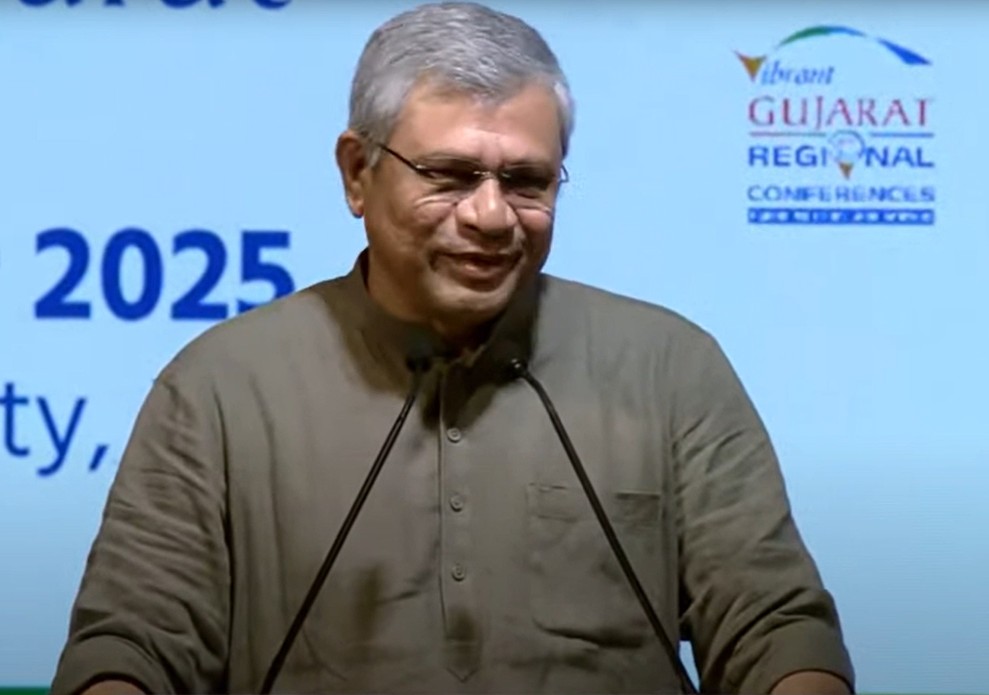India has achieved a remarkable milestone by building the world's second-largest 5G network, covering over 90% of its geography and surpassing the US. This rapid rollout, led by major telecom operators and supported by government reforms, is driving widespread adoption of affordable 5G devices and setting the stage for transformative digital innovations. This digital expansion promises inclusive growth from urban centers to rural areas.
India has rapidly established itself as a global leader in 5G technology, now hosting the world's second-largest 5G network. This milestone, announced by Electronics and IT Minister Ashwini Vaishnaw at a recent World Summit in New Delhi, highlights the astonishing pace and scale at which 5G infrastructure has expanded across the country. With over 90 percent of Indian territory now covered by 5G signals, even remote and rural areas have gained access to high-speed connectivity, transforming the digital landscape for millions.
The remarkable growth in 5G adoption is driven by collaborative efforts among major telecom providers like Reliance Jio, Bharti Airtel, and Vodafone Idea. Together, they have installed hundreds of thousands of 5G base stations, pushing network footprints into over 7500 cities and towns. The widespread availability of affordable 5G smartphones from brands such as Samsung, OnePlus, and Xiaomi has further accelerated user adoption, placing India second only to China in the global 5G market.
This rapid rollout enables India's digital economy to thrive by empowering startups, streamers, students, and businesses across sectors. Government reforms, including simplified permissions for telecom infrastructure and initiatives like the GatiShakti Sanchar portal, have expedited deployment and ensured coverage expansion. The government is also poised to introduce regulations addressing emerging concerns like deepfake technologies, underscoring its commitment to a secure digital future.
Looking ahead, India plans to leverage this robust 5G foundation to foster advancements in artificial intelligence, IoT, and smart city initiatives. The extensive fiber networks and Wi-Fi hotspots complement the 5G rollout, bolstering last-mile connectivity and promising inclusive digital growth across urban and rural India.
Key highlights:
-
India has achieved the world's second-largest 5G network, covering over 90% of the country.
-
More than 0.49 million 5G base stations have been deployed, expanding the network to over 7500 towns.
-
Major telcos Reliance Jio, Bharti Airtel, and Vodafone Idea have led the rapid network expansion.
-
India has overtaken the US as the second-largest 5G smartphone market globally.
-
Affordable 5G smartphones are driving mass adoption from metropolitan areas to small towns.
-
Government reforms have simplified infrastructure permissions, accelerating rollout.
-
Initiatives like the GatiShakti Sanchar portal streamline coordination among stakeholders.
-
Plans are underway to regulate issues such as deepfakes within the digital ecosystem.
-
Complementary fiber and Wi-Fi infrastructure strengthen digital access in remote areas.
-
The 5G network sets the stage for AI, IoT, and smart city innovations to spur economic growth.
Sources: Ministry of Electronics and Information Technology, NewsOnAir, NDTV, The CSR Journal, Indian Infrastructure, PIB News, Marketing Growmatics Instagram page.

